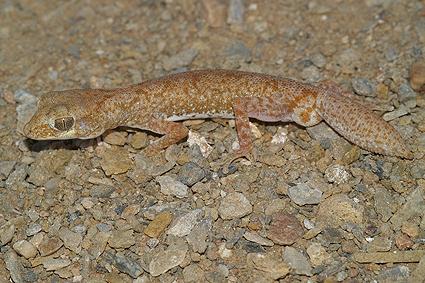The University of Adelaide study found that more lizards exist in Australia than we ever thought, which raises questions about the conservation and management of this native Australian reptile.
PhD student Oliver Oliver, of the University of Earth Sciences and Environment, conducted a detailed genetic study of Diplodactylus gecko and found that the number of gecko species is more than twice the number of known ones. Here, from 13 species to 29 species. This study was conducted in collaboration with the South Australian Museum and the Western Australian Museum.
Oliver said: 'Many species of very similar appearance lead to underestimation of this species' diversity.'
'One of the main problems of biodiversity management and conservation is that many animals are not recorded and statistically recorded. This problem is particularly serious for invertebrates and in developing countries. However, for the vertebrate animal group in a developed country, which we think is quite well understood, we have found that more than half of the species have not been identified. '
 The new gecko was once attractylus tessellatus. (Photo: University of Adelaide)
The new gecko was once attractylus tessellatus. (Photo: University of Adelaide)
Oliver said the discovery is important for conservation. For example, a common group of geckos is thought to be a previous species, in fact consisting of 8 or 9 separate species, with a narrower habitat and more vulnerable to environmental changes.
'This completely changes our view of managing these species' conservation.
'Even at a basic level, there are still many things to be completed. The classification of vertebrate animals needs to be completed with many new species discovered. This work requires detailed research on genetics and morphology, using aggregated data from multiple sources. Significant efforts and costs also need to be discussed. '
The study was funded by the Australian Pacific Science Foundation and the Australian Biological Resources Research Foundation.
Refer:
Cryptic diversity in vertebrates: molecular data doubles estimates of species diversity in Australian lizards (Diplodactylus, Gekkota).Proceedings of the Royal Society: B, March 4, 2009
 Animal 'suffering' after hibernation
Animal 'suffering' after hibernation Why do goats climb well?
Why do goats climb well? Scientists were surprised to see chimpanzees eating turtles
Scientists were surprised to see chimpanzees eating turtles Giant catfish died deadly due to drought in Thailand
Giant catfish died deadly due to drought in Thailand